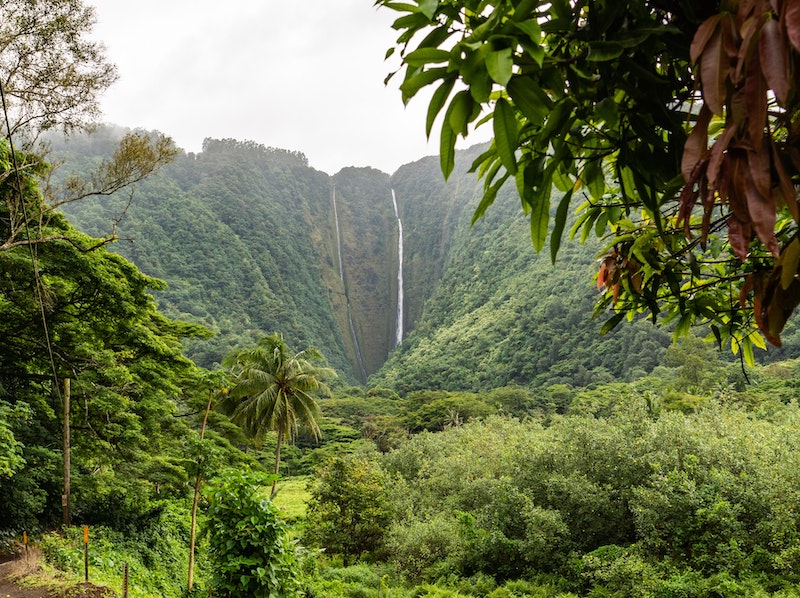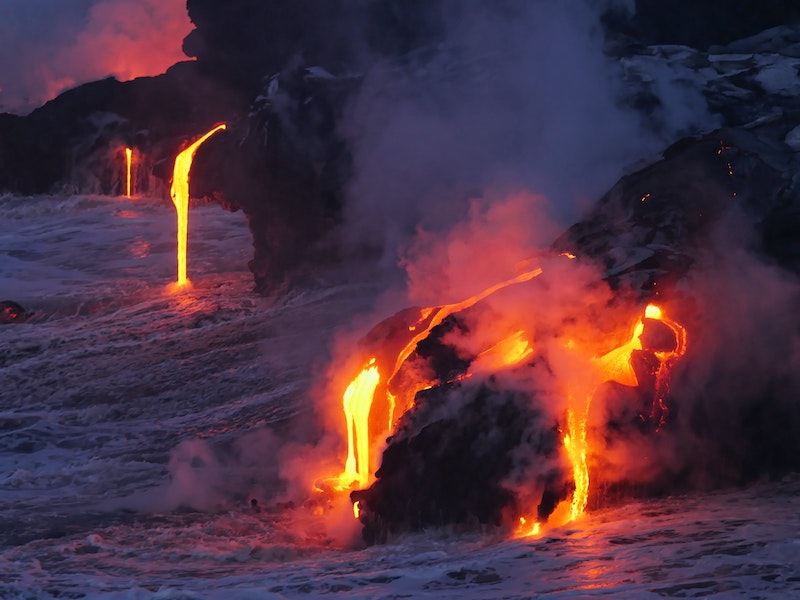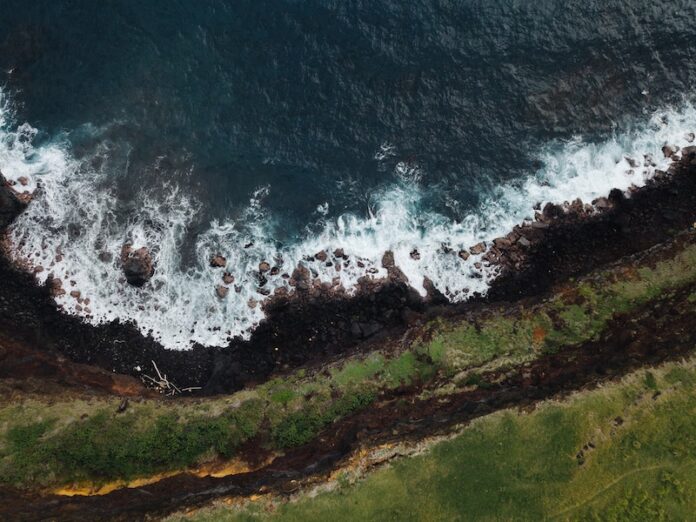If you’ve read a Hyundai Kona review, you’d notice the crossover is named after the Big Island of Hawaii’s Kona District – an apt destination to explore with a Kona. Some travel and car tips won’t go amiss though, so we’ll delve into what you need to know before visiting the Big Island. A Kona might be a touch small unless you’re a party of two, but half a size up, the compact crossover class is probably the ideal car type for people exploring the island. Be sure to opt for a crossover instead of a car when booking your rental at Hilo International Airport.
The compact crossover class is inhabited by vehicles such as the Hyundai Tucson, Toyota RAV4, and Honda CR-V. This size of crossover is perfect because its increased height and ground clearance can take it more places than a sedan can go, it has good cargo space, and a back seat big enough for adults. It offers decent enough performance and its fuel economy bears comparison with that of a compact car’s, while occupying about the same road space. No wonder Hyundai names its crossovers after exotic destinations – they’re perfect for visiting such places.
Here are a few crossover models that fit the bill to keep a lookout for when presented with rental-car options:
- Hyundai Tucson
- Toyota RAV4
- Honda CR-V
- Nissan Rogue
- Mazda CX-5
- Ford Escape
- Subaru Forester

What To Know About Traveling The Big Island
A round trip around the Big Island is more or less 220 miles. The public transport is not great, which is why you should rent a vehicle or simply sign up for Big Island tours for both local insights and convenience. Keep an eye on your mileage traveled and gas level. You might be surprised not only at how much you pay for gas in Hawaii, but how difficult it can be to come by on Sunday afternoons. Stick to speed limits; these are strictly enforced and carry hefty fines. Most visitors prefer to split their holiday between Hilo and Kona. Most of the holiday resorts and beaches are in Kona. Plan to spend at least a week on the Big Island to get to all the best places.
Here are a few notable items to pack:
- A proper beach blanket to sit and lie on
- A lightweight, microfiber towel
- Sunscreen that is coral reef-friendly
- A sun hat that is easy to fold and pack
- A beach bag
- Decent sunglasses
- Proper hiking boots
- A first-aid kit
- A water bottle
- A headlight for visiting nighttime attractions
- Insect repellent
- A rain jacket
- Warm clothes

Must-See Places On The Big Island
There are too many places to mention, but see if you can get to the following places during your stay on the Big Island:
- Cultural centers and museums. There are arguably five important ones. Precious heirlooms from historical Hawaii can be viewed in Hulihee Palace in Kona. In Hilo, the Imiloa Astronomy Center explores Hawaii’s native cultural heritage’s connection with the stars and the Lyman Museum and Mission House, the oldest wood-frame building on the island, houses countless historic documents and photos of Hawaii.
- Gardens and parks. There are many parks, botanical gardens, and arboretums on the island, many offering both guided and self-guided tours. Examples are Hilo’s Nani Mau and Lili’uokalani Gardens, the latter a Japanese garden covering 30 acres. Pua Mau Place is an arboretum and botanical garden on the Kohala Mountains’ western slopes.
- Valleys. Some typically breathtaking Hawaiian valleys can be explored, such as the Waipio Valley – or ‘Valley of the Kings’ – on the Hamakua Coast and the Polulu Valley in North Kohala.
- Orchid Isle. Go on a guided tour at the Akatsuka Orchid Gardens to see no fewer than 200,000 orchids and you’ll understand why the Big Island’s nickname is Orchid Island. If you stay within the US, you can take your own small orchid with you.
- Boiling pots of Wailuku. While visiting Hilo’s Rainbow Falls and Pe’epe’e Falls, you’ll see the latter’s ‘Boiling Pots’ where turbulent storm waters appear to boil in the vertical columns created by the Mauna Kea and Mauna Loa lava flows.
- Hawaii Volcanoes National Park. This is an entire day trip, but worth it. See Kilauea and Mauna Loa, two active volcanoes, rare plants and animals, and amazing natural volcanic features and landscapes.
- Manta ray night diving. A highlight for avid snorkeling enthusiasts in Kona is joining a manta ray boat tour to go nighttime diving with these huge and elegant creatures. A light is shone on the water to attract plankton. Soon, the manta rays soon show up in pursuit of the plankton, while you join them in the water. Some have a wingspan not far from 30 feet.
- Ellison S. Onizuka Space Center. A fascinating, interactive, child-friendly space museum and educational center where young and old can learn about gravity wells, space shuttles, and orbital motion.
- Haleo luau. For a glimpse of the rich native Hawaiian culture, this Voice of Life is a new Hawaiian luau where you can experience the Island Breeze musicians and dancers take you through a fascinating time of Hawaiian history.
Conclusion
Visiting the Big Island is an adventure of a lifetime and one of the biggest boons is that you don’t even have to fly to Honolulu first; there are direct flights to the Big Island from the USA’s west coast. Rent a crossover SUV and start driving. Our short guide will get you started on what to bring and some wonderful sights to see. You haven’t seen some of the most unique wonders of Hawaii until you’ve visited the Big Island.

